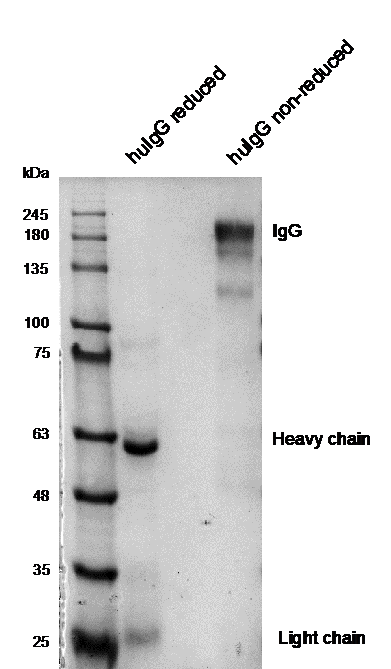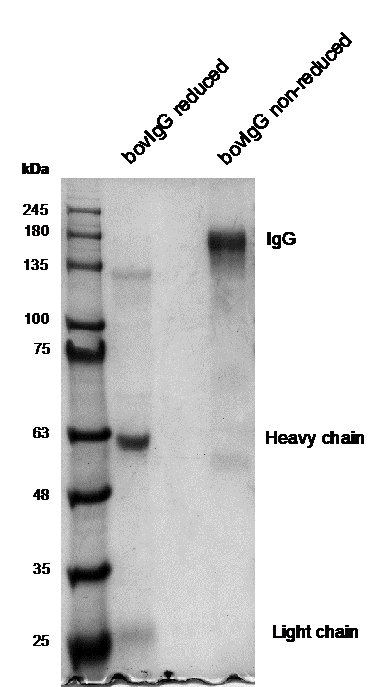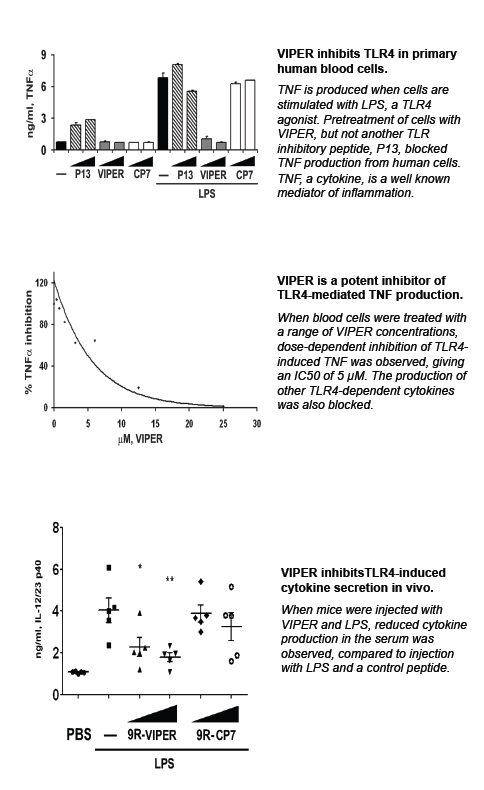
Cat. #153396
Anti-MUC1 [C595 (NCRC48)]
Cat. #: 153396
Sub-type: Primary antibody
Unit size: 100 ug
Availability: 3-4 weeks
Target: MUC1
Class: Monoclonal
Application: ELISA ; FACS ; IHC ; WB
Reactivity: Human
Host: Mouse
£300.00
This fee is applicable only for non-profit organisations. If you are a for-profit organisation or a researcher working on commercially-sponsored academic research, you will need to contact our licensing team for a commercial use license.
Contributor
Inventor: Mike Price
Institute: University of Nottingham
Tool Details
*FOR RESEARCH USE ONLY (for other uses, please contact the licensing team)
- Name: Anti-MUC1 [C595 (NCRC48)]
- Alternate name: CD227; KL6; Mucin 1; PEMT
- Cancer: Breast cancer;Gynaecologic cancer
- Cancers detailed: Breast cancer;Broadly Applicable;Colon;Ovarian
- Research fields: Cancer;Cell biology;Genetics
- Clone: C595 (NCRC48)
- Tool sub type: Primary antibody
- Class: Monoclonal
- Conjugation: Unconjugated
- Molecular weight: 122 kDa
- Reactivity: Human
- Host: Mouse
- Application: ELISA ; FACS ; IHC ; WB
- Description: MUC1/CA 15-3 is used as a serological clinical marker of breast cancer to monitor response to breast cancer treatment and disease recurrence. Decreased levels over time may be indicative of a positive response to treatment. Conversely, increased levels may indicate disease progression. At an early stage disease, only 21% of patients exhibit high MUC1/CA 15-3 levels, that is why CA 15-3 is not a useful screening test. Most antibodies target the highly immunodominant core peptide domain of 20 amino acid (APDTRPAPGSTAPPAHGVTS) tandem repeats. Some antibodies recognize glycosylated epitopes. Medullary cystic kidney disease 1.
- Immunogen: Urinary MUC-1 mucin (Human)
- Isotype: IgG3
- Recommended controls: Breast carcinoma
Target Details
- Target: MUC1
- Molecular weight: 122 kDa
- Tissue cell line specificity: Breast carcinoma
- Target background: MUC1/CA 15-3 is used as a serological clinical marker of breast cancer to monitor response to breast cancer treatment and disease recurrence. Decreased levels over time may be indicative of a positive response to treatment. Conversely, increased levels may indicate disease progression. At an early stage disease, only 21% of patients exhibit high MUC1/CA 15-3 levels, that is why CA 15-3 is not a useful screening test. Most antibodies target the highly immunodominant core peptide domain of 20 amino acid (APDTRPAPGSTAPPAHGVTS) tandem repeats. Some antibodies recognize glycosylated epitopes. Medullary cystic kidney disease 1.
Applications
- Application: ELISA ; FACS ; IHC ; WB
Handling
- Format: Liquid
- Concentration: 0.9-1.1 mg/ml
- Unit size: 100 ug
- Storage buffer: PBS with 0.02% azide
- Storage conditions: -80° C
- Shipping conditions: Shipping at 4° C
References
- Yew et al. 2013. PLoS One. 8(9):e72637. PMID: 24039787.
- Epimorphin-induced MET sensitizes ovarian cancer cells to platinum.
- Guimaraes-Souza et al. 2012. Nephrol Dial Transplant. 27(8):3082-90. PMID: 22287659.
- In vitro reconstitution of human kidney structures for renal cell therapy.




